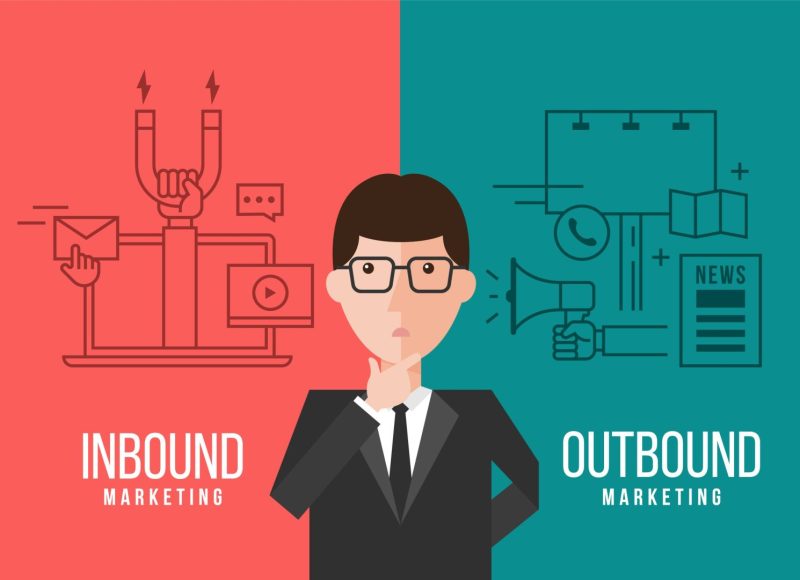Introduction
Inbound and outbound marketing are strategies used to attract potential customers and guide them through the marketing funnel. People have debated for decades which one of these strategies is better for lead generation and ultimately, conversions.
Both methods work well if done correctly. Let’s explore them further and discuss what they are, their differences, and how to incorporate both into your upcoming marketing plan in this month’s Vortex Marketing Blog.
Inbound Marketing
Inbound marketing is a strategy where businesses make relevant content their target audience would find interesting. The goal is that their clients will come to them through organic discovery and brand awareness. A successful inbound marketing effort prioritizes quality content creation and SEO.
Some examples of inbound marketing include social media marketing, blog posting, video content marketing, SEO, and podcasting.
Outbound Marketing
Outbound marketing is a direct marketing strategy where businesses actively seek out potential clients and initiate conversations. The goal is to drive customers through the marketing funnel by sheer attention and approachability.
Some examples of outbound marketing include cold calling, TV ads, billboards, cold emails, and display ads.
Inbound vs. Outbound: The Main Differences
There are a few important distinctions between inbound and outbound marketing.
To begin, inbound marketing is more passive and usually slower to gain exposure. Whereas, outbound marketing is direct and usually quicker.
Outbound marketing tends to be more expensive because it involves traditional paid advertisements. Inbound marketing is an internal effort and can be accomplished without buying ads.
The one exception is PPC ads, which are thought to be classified as inbound marketing. This is because of the targeted nature of PPC ads. Only specific customers who seek out certain topics are served in the ad.
Lastly, although inbound marketing might attract fewer eyes, it creates a closer attachment and more credibility with potential customers. Clients have more trust in brands that establish themselves as specialists by creating niche, expert-knowledge content. Outbound marketing attempts to gain as many impressions as possible, but it is usually less targeted.
How to utilize them together
The first step to developing an inbound/outbound marketing plan is to establish your budget. Higher budgets will have more flexibility when strategizing outbound marketing efforts, whereas lower budgets might focus almost exclusively on inbound marketing.
It is also important to know your target audience. What type of content do they consume? What media source are they most attentive to? For example, cable TV, social media, newspaper/magazine, or other?
By combining both techniques, you can gain quicker results through outbound marketing, and slowly build an online presence to capture a more specific audience with inbound marketing.
If you are looking for expert guidance in developing a marketing strategy that works for your business, call Vortex Digital at 319.621.0191 for a free, no-obligation consultation.







